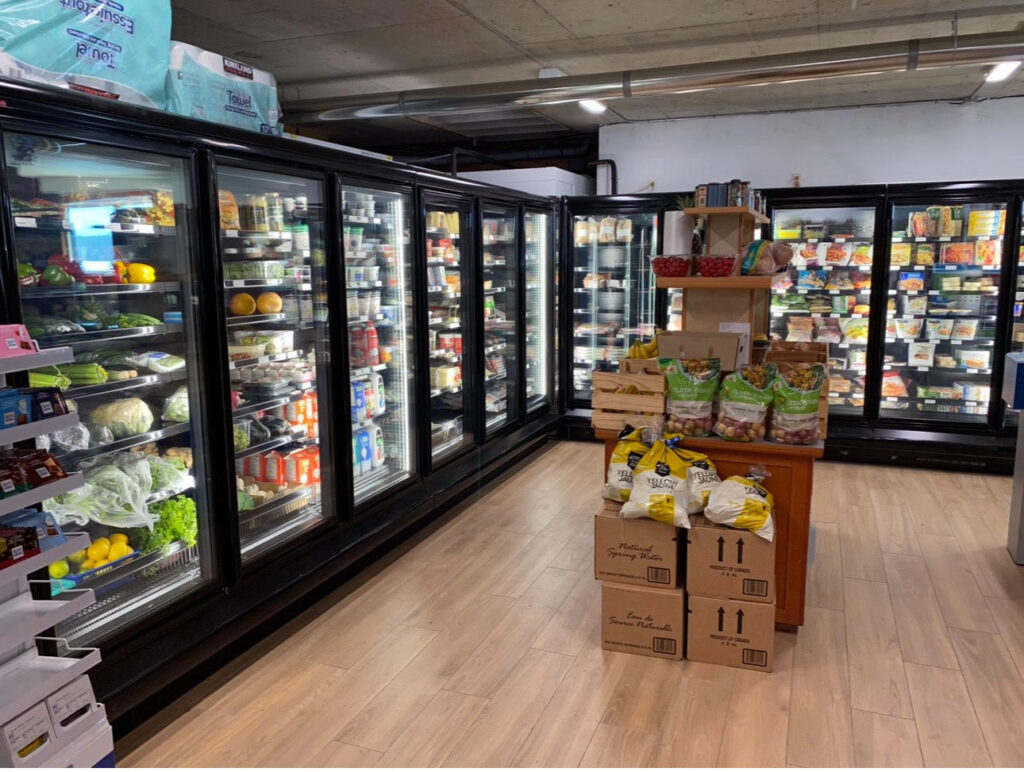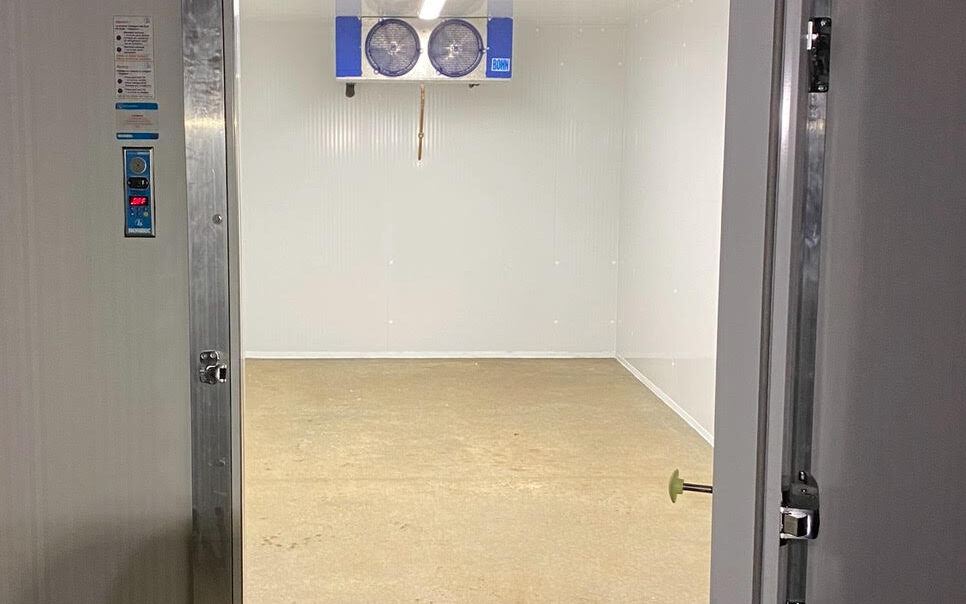
“Navigating the Essentials: A Guide for Business Owners on Commercial Refrigeration”

For business owners, understanding the intricacies of commercial refrigeration is paramount to the success and efficiency of their operations. The right refrigeration system not only preserves perishables but also impacts energy consumption and overall business costs. In this blog, we aim to empower business owners with essential insights into commercial refrigeration, providing a foundation for informed decisions that can positively influence their bottom line.
The Heart of the Operation: How Commercial Refrigeration Works
Commercial refrigeration systems play a pivotal role in maintaining the freshness and quality of perishable goods. Understanding the core components and functions can help business owners make informed decisions when selecting or maintaining their refrigeration systems.
- Compressor: The compressor is the powerhouse of a refrigeration system, responsible for circulating refrigerant and maintaining the desired temperature. Choosing an energy-efficient compressor is crucial for minimizing operational costs.
- Condenser Coils: Located outside the refrigeration unit, condenser coils dissipate heat from the refrigerant, allowing it to return to a liquid state. Regular cleaning and maintenance of these coils are essential for optimal performance.
- Evaporator Coils: Inside the refrigeration unit, evaporator coils facilitate the absorption of heat, ensuring a consistent low temperature. Regular cleaning is vital to prevent ice buildup and maintain efficiency.
- Thermostatic Expansion Valve (TXV): The TXV regulates the flow of refrigerant into the evaporator coils, controlling the temperature inside the unit. Proper calibration is crucial to prevent overcooling or insufficient cooling.
Energy Efficiency: A Business Owner’s Best Friend
- Selecting Energy-Efficient Systems: Energy-efficient refrigeration systems not only reduce operational costs but also contribute to environmental sustainability. Look for units with ENERGY STAR® ratings and consider periodic upgrades to benefit from advancements in technology.
- Regular Maintenance: Scheduled maintenance is key to keeping energy consumption in check. Regularly inspect and clean coils, check refrigerant levels, and ensure the overall integrity of the system.
Tailoring Solutions to Business Needs
- Choosing the Right Size: The size of the refrigeration unit should align with the specific needs of the business. An oversized unit can lead to excessive energy consumption, while an undersized unit may struggle to maintain optimal temperatures.
- Temperature Zoning: Consider the diverse needs of your inventory. Implementing temperature zones within your refrigeration system ensures that different products are stored at their ideal temperatures.
Future-Proofing Your Investment
- Upgrading to Eco-Friendly Refrigerants: Stay ahead of environmental regulations by considering refrigeration systems that use eco-friendly refrigerants. This not only aligns with sustainability goals but also positions your business as environmentally conscious.
- Investing in Smart Technology: Embrace the benefits of smart technology, such as temperature monitoring and remote diagnostics. These features enhance efficiency, reduce downtime, and provide valuable insights into system performance.
As a business owner, a comprehensive understanding of commercial refrigeration is a strategic advantage. By grasping the fundamentals, prioritizing energy efficiency, tailoring solutions to business needs, and future-proofing investments, you can optimize the performance of your refrigeration systems. This knowledge empowers you to make informed decisions that not only safeguard your perishables but also contribute to the long-term success and sustainability of your business. For more personalized insights and solutions tailored to your specific business, consult with our expert team at Climatec Mechanical.

